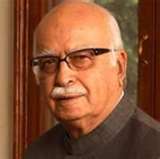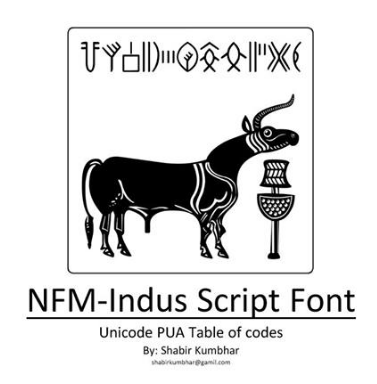LARKANO: Archaeologists from the Unites States, United Kingdom, France, Spain, Japan and Italy attending the three-day ‘International Conference on Moenjodaro and Indus Valley Civilisation’ at the ancient site read out their research papers on the second day on Friday.
The papers focused on technical aspects dealing with the discoveries made and research carried out hitherto, measures undertaken so far to protect and preserve the site for posterity, mid-term plans for the site’s preservation, promotion of tourism, the Indus script discovered so far, seals’ carving techniques etc.
Dr Ayumu Konasukawa, an archaeologist from Japan, presented his paper on ‘Chronological change and continuity of seal carving techniques from the early Harappan to the Harappan periods in the Ghaggar basin’. According to his research, the data for analyses comprises fired steatite seals discovered at Kunal, Banawali and Farmana. Through scanning electron microscope and 3D analysis, it has become evident that the seals found in the basin during the said periods are characterised in various carving techniques. Although the seals have a lot of difference in terms of manufacturing technique and design, such as the motif of the surface, they also have commonality as regards a part of carving techniques.
Read more » DAWN
See more >> http://www.dawn.com/news/1314054





 Sindhi remains the second-most widely spoken language in Pakistan, according to MoveHub, a website for people looking to move abroad.
Sindhi remains the second-most widely spoken language in Pakistan, according to MoveHub, a website for people looking to move abroad.